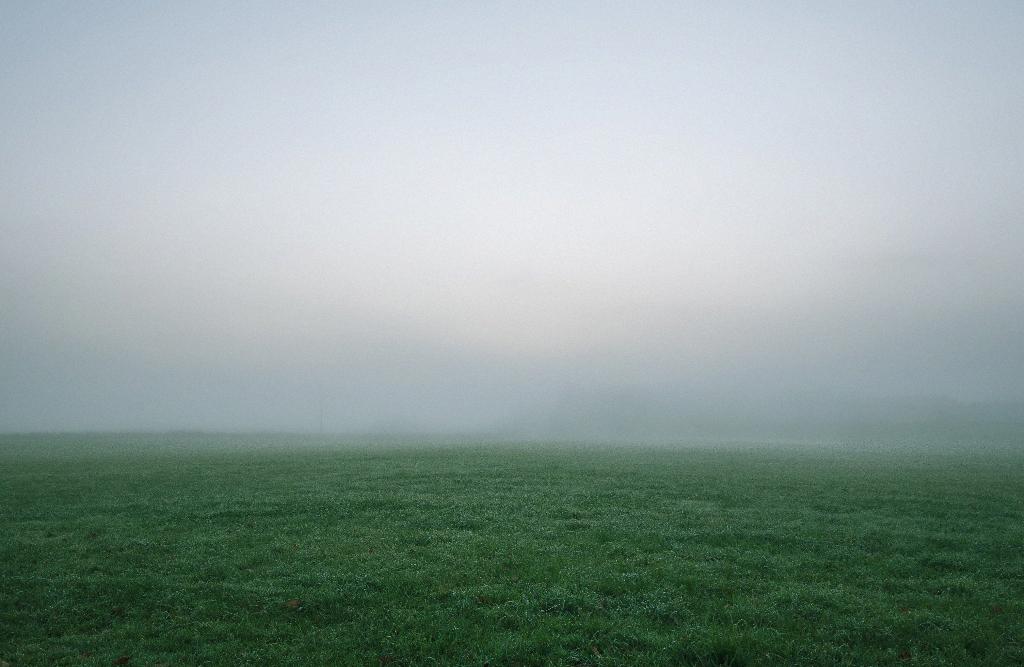One of the key questions that lawn owners often find themselves pondering is when the ideal time to fertilize their grass is. The answer to this question can vary depending on the type of grass you have in your lawn and the climate conditions in your region. Understanding the growth patterns of your grass is crucial in determining the most suitable timing for applying fertilizer.
For those who have cool-season grasses such as Kentucky bluegrass, fescue, or ryegrass, the best times to fertilize are typically in the spring and fall. These grass varieties experience their most active growth periods during these times, making them more receptive to the nutrients provided by fertilizers. By fertilizing in spring and fall, you can help your cool-season grasses establish strong root systems and promote lush green growth.
On the other hand, if you have warm-season grasses like Bermuda grass, Zoysia grass, or St. Augustine grass, you’ll want to focus on fertilizing in late spring and early summer. These types of grass thrive in warmer temperatures and benefit the most from fertilization during their peak growing seasons. Applying fertilizer during this period can help support the vigorous growth and resilience of warm-season grasses.
It’s important to pay attention to the specific needs of your lawn and adjust your fertilization schedule accordingly. Factors such as soil quality, climate, and lawn usage can all impact the timing and frequency of fertilizing. Keep in mind that overfertilizing can lead to excessive growth, increased susceptibility to pests and diseases, and environmental pollution. On the other hand, underfertilizing may result in weak, thin grass that struggles to compete with weeds.
Before applying fertilizer, it’s a good idea to conduct a soil test to determine the nutrient levels and pH balance of your lawn. This information can help you select the right type of fertilizer and apply it at the appropriate rates. Additionally, consider using slow-release fertilizers that provide a steady supply of nutrients to your grass over an extended period, reducing the risk of nutrient leaching and minimizing the need for frequent applications.
During periods of drought or extreme heat, it’s advisable to hold off on fertilizing your lawn as the grass may be under stress and less responsive to fertilizer. Instead, focus on proper watering and maintenance practices to help your lawn recover and stay healthy. Over time, by observing how your grass responds to fertilization and adjusting your approach accordingly, you can develop a customized fertilization schedule that suits the specific needs of your lawn.
Ultimately, the key to achieving a lush, vibrant lawn lies in understanding the growth patterns of your grass and providing it with the necessary nutrients at the right times. By fertilizing your lawn strategically based on the type of grass you have and the seasonal conditions in your area, you can help promote strong root development, dense growth, and overall resilience. Remember to follow best practices for lawn care, including proper watering, mowing, and maintenance, to complement the benefits of fertilization and ensure a healthy and beautiful lawn all year round.

